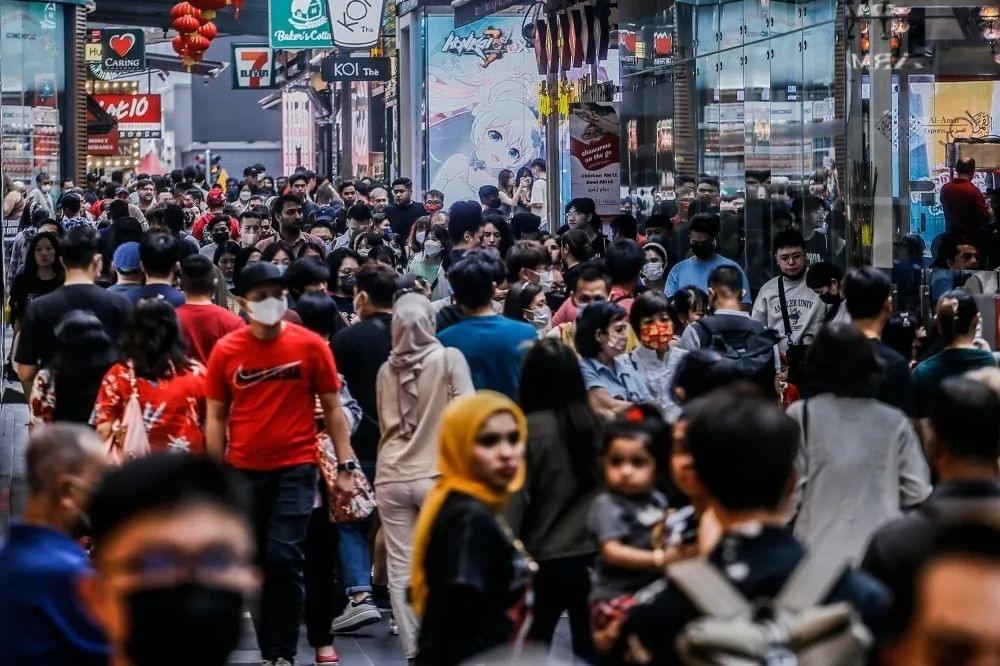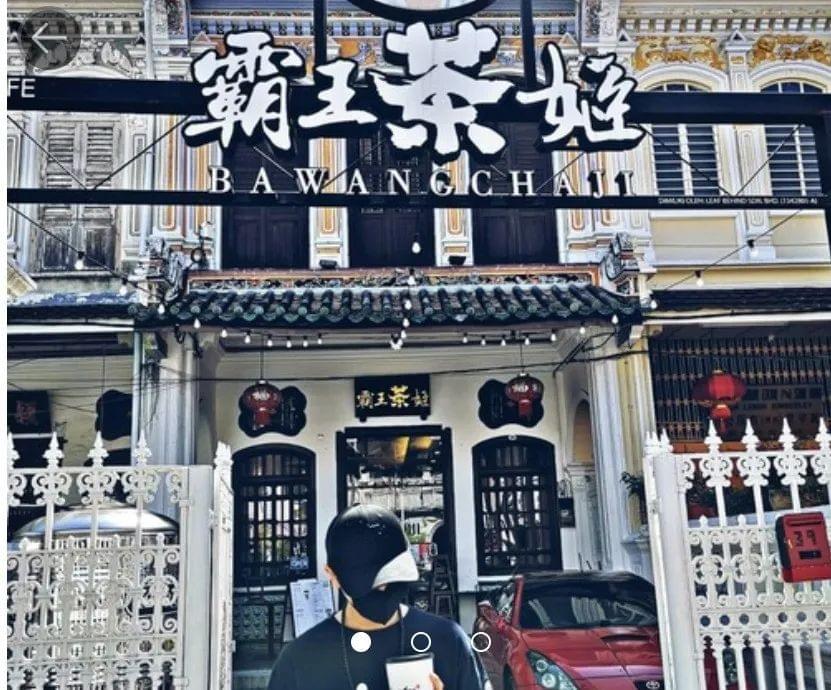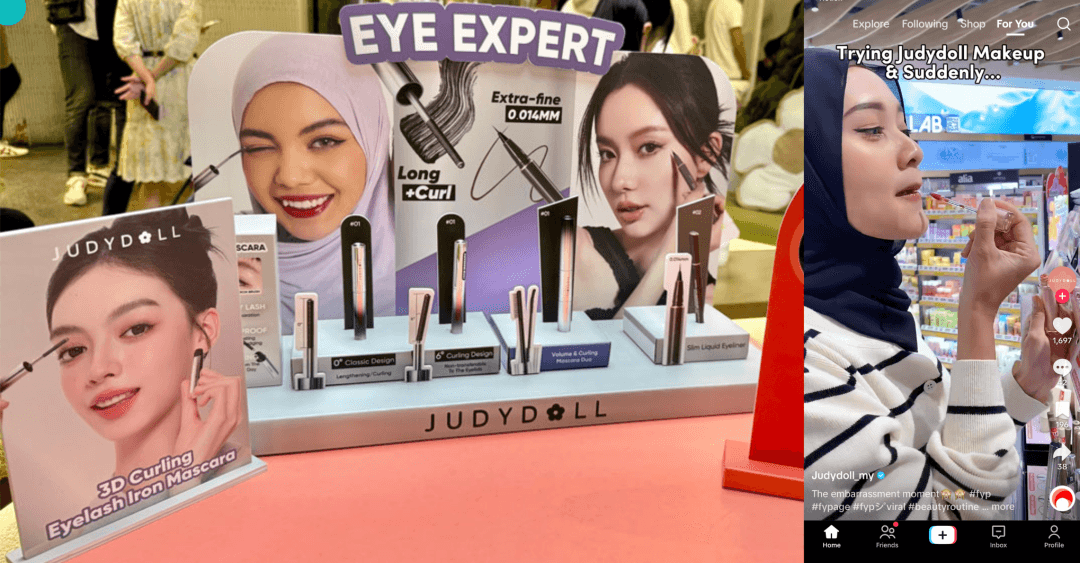
- About Ylab
- …
- About Ylab
- About Ylab
- …
- About Ylab

Y Research | Beyond One-Size-Fits-All: How Chinese Brands Master Malaysia's Multicultural Market

CHAGEE (霸王茶姬) expanded overseas in 2019, opening over 5,000 stores globally in 5 years, with Malaysia as its first destination; Luckin Coffee entered the Malaysian market in 2025, with 2-hour queues and over 1,000 orders on the first day; Perfect Diary (完美日记), a Chinese cosmetics brand, topped Shopee Malaysia's lip makeup category sales in 2021, while Judydoll (橘朵), another Chinese cosmetics brand, made it to the bestseller list with its four-color eyeshadow palette—
While traditional Western brands still rely on "one-size-fits-all" strategies, Chinese brands have already discovered their own survival rules in Malaysia. What cultural codes are hidden behind this success?

Source: yahoo.com
Chinese Brands Have "Built-in Familiarity" in Malaysia
Malaysia is a key economy in Southeast Asia, with approximately 34 million people and a highly diverse cultural structure. Despite having a smaller population than neighboring countries like Indonesia, its per capita consumption capacity and urbanization level have long ranked among the top in the region, creating a "moderately-sized, structurally complex market with significant room for trial and error."
Leveraging its strategic position as a core node in the Belt and Road Initiative, Malaysia not only possesses strong regional influence but also continues to release policy and institutional benefits. China has been its largest trading partner for 15 consecutive years, and the China-Malaysia mutual visa exemption policy officially implemented in early 2025 will significantly lower barriers for brand establishment, team building, and cross-border cooperation.
More importantly, Malaysia has Southeast Asia's unique cultural affinity advantage. In this country of 34 million people, ethnic Chinese account for 22.4% (approximately 7.6 million), making it one of the countries with the highest proportion of ethnic Chinese population globally. Compared to other Southeast Asian markets, Malaysia's cultural proximity is particularly pronounced: ethnic Chinese in Thailand account for about 14% of the population but are largely assimilated into Thai culture, with Chinese cultural elements relatively diluted; ethnic Chinese in Indonesia account for only about 3%, having experienced historical cultural suppression with significant traditional cultural gaps; Vietnam, despite geographical proximity, has only about 1% ethnic Chinese population with considerable cultural differences.
More crucially, Malaysia not only has a high proportion of ethnic Chinese but also maintains remarkably intact cultural preservation. Chinese is one of the officially recognized languages, with a complete Chinese education system from Chinese primary schools (华小), independent Chinese secondary schools (独中), to Chinese universities. Traditional festivals like Chinese New Year and Mid-Autumn Festival are national public holidays, Chinese media is well-developed, and the cultural context remains vibrant.
Even among Malay ethnic groups, there is considerable acceptance of Chinese cultural elements within the multicultural environment, making Malaysia an exceptionally conducive market for Chinese brands to leverage cultural resonance advantages in Southeast Asia.

Source: smartinvestor.com.my
Malaysian Gen Z's "Cultural Mix-and-Match Ability"
The real gateway to this market is understanding Malaysia's Gen Z.
They comprise 26% of the national population and are gradually becoming the driving force behind consumption upgrades and brand amplification. Born into a context of coexisting multicultural elements, they maintain traditional values while actively embracing globalization and digital trends.
This "cultural mix-and-match ability" grants them dual characteristics: both rational and pragmatic, yet expressive; both identifying with local identity while being accustomed to cross-cultural switching, possessing highly visual and entertainment-oriented communication preferences.
Unlike Indonesia, which is dominated by Muslim culture, Malaysia's Gen Z lives in an environment with relatively balanced ethnic proportions and more complex cultural contexts. Bumiputera (indigenous people, mainly Malays) account for 70.4%, Chinese 22.4%, Indians 6.5%, and other ethnic groups 0.7%. Here, "mainstream" has never been a single standard but rather a switchable state. Gen Z is accustomed to flexibly navigating between "multiple traditions" and "diverse modernities," never believing that expression must be singular.

Source: lifestyleasia.com
This cultural fluidity, combined with high social media penetration, makes them more adept than previous generations at freely switching between multiple identities, using different languages, contexts, and emotions to express themselves. Malaysia's multicultural environment has fostered consumer tolerance for different cultural elements. The ethnic Chinese community's natural affinity for Chinese culture, combined with the local tradition of long-term cultural integration, provides a relatively friendly reception ground for Chinese brands' cultural expression.
Malaysian Gen Z from different ethnic groups also display subtle differences in consumption psychology.
Ethnic Chinese Gen Z generally maintain value identification with Chinese culture, showing distinct "ritual-driven" characteristics especially in festival consumption, while simultaneously exhibiting cost-effectiveness, pragmatism, and emotional expression consumption patterns.
Malay/Muslim Gen Z consumption is relatively more relaxed, also demonstrating "festival peak consumption" characteristics, with concentrated release of emotions and community belonging during religious cultural highlights like Ramadan and Hari Raya.
Compared to Indonesian Gen Z's "fast consumption rhythm" under "low expectation anxiety," Malaysian Gen Z, facing higher living costs and academic pressure, emphasizes "value for money" rather than "immediate gratification" in their consumption structure. Understanding these subtle differences may be more effective in capturing Malaysia's real market pulse than simple "one-size-fits-all" Southeast Asian market strategies.
Cultural Proximity: Two Commercial Paths
In such cultural soil, many Chinese brands have explored two distinctly different successful paths.
Path One: Differentiated Breakthrough — ChaPanda's "Cultural Heritage Card"
CHAGEE, which opened over 5,000 stores globally in 5 years, launched its overseas expansion in Malaysia in 2019, playing the "cultural heritage card." Through differentiated positioning combining Chinese cultural elements with healthy tea beverages, it successfully established unique brand recognition in Malaysia's competitive beverage market, avoiding direct competition. This made its stores unique memorable points in Malaysia's diversified beverage consumption market, satisfying young consumers' dual needs for "cultural experience + social media check-ins."

Source: tourplus.malaysia
Path Two: Local Market Cultivation — Perfect Diary and Judydoll's Deep Adaptation
Perfect Diary topped Shopee Malaysia's lip makeup category sales in 2021, while Judydoll made it to the cosmetics bestseller list with its four-color eyeshadow palette — these two Chinese brands' successful breakthrough in Malaysia's market dominated by Western luxury brands was no coincidence.
From establishing awareness through comprehensive local KOL marketing, reformulating products based on Malaysia's climate and consumer skin types, to strategic upgrades repositioning premium product perception, along with precise market entry in product development and strategic track selection, brands captured the critical window where generational consumption awakening coincided with digital lifestyle transformation.
While traditional Western brands still use "one-size-fits-all" strategies, Chinese brands have already found their own survival rules in this multicultural market. Whether building cultural confidence or pragmatic integration to the core, this is never about "right or wrong," but rather the result of precise matching between timing, context, and Malaysian Gen Z.

Source: mytruthmedia.com, judydoll.my
Conclusion
Malaysian Gen Z possesses natural "cultural mix-and-match ability," freely switching identities in multicultural environments, with inherent understanding and acceptance of Chinese cultural symbols, while maintaining dual consumption characteristics of rational pragmatism and emotional expression.
Benefiting from cultural proximity, Chinese brands have natural "affinity" in Malaysia — understanding these young people who grew up in similar cultural backgrounds makes it easier to establish resonance with Malaysian Gen Z.
In Singapore, where culture is more internationalized and consumption power is stronger, Gen Z, while also possessing multicultural backgrounds, demonstrates stronger global perspectives and brand selectivity.
Stay tuned to Ylab as we continue to unlock the next destination — the cultural consumption opportunity map of Singapore Gen Z.
Ylab Consultancy






